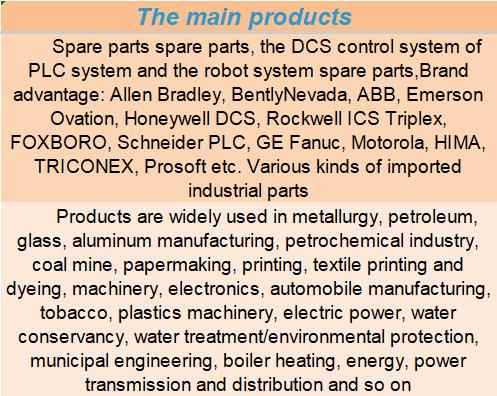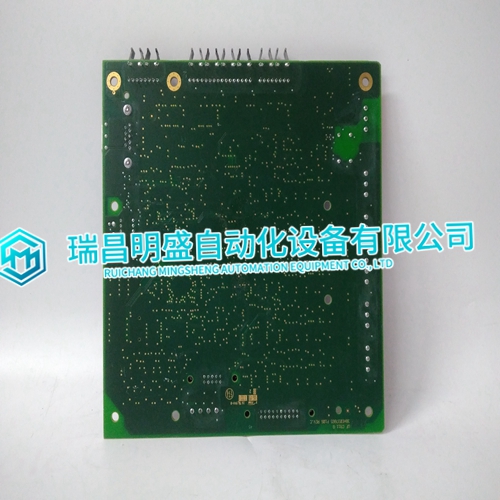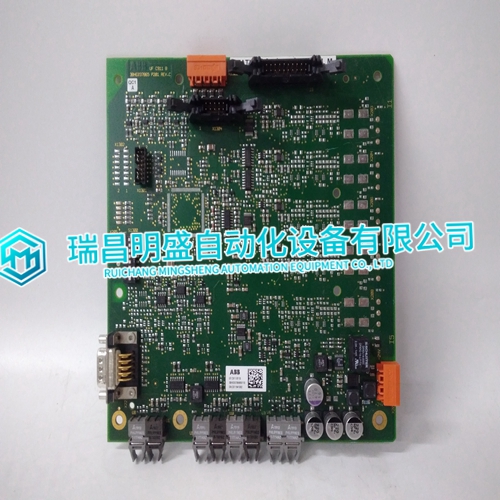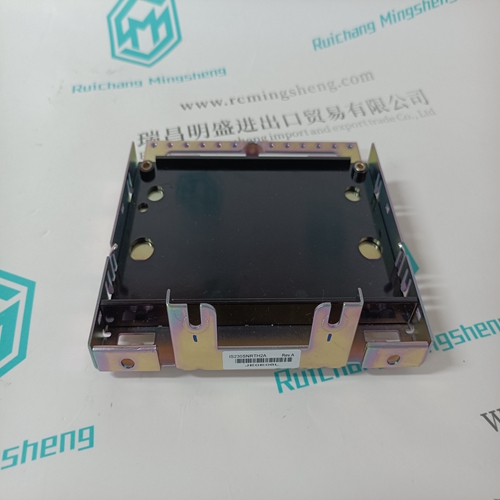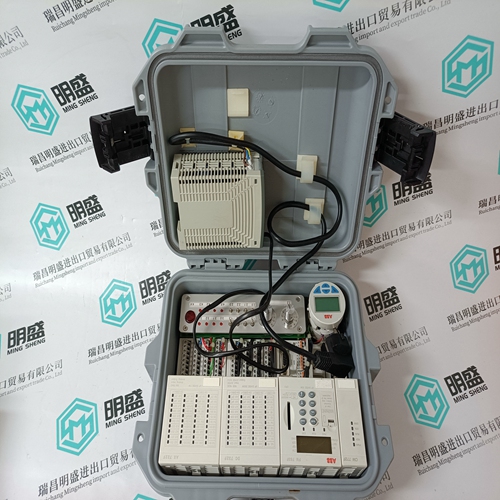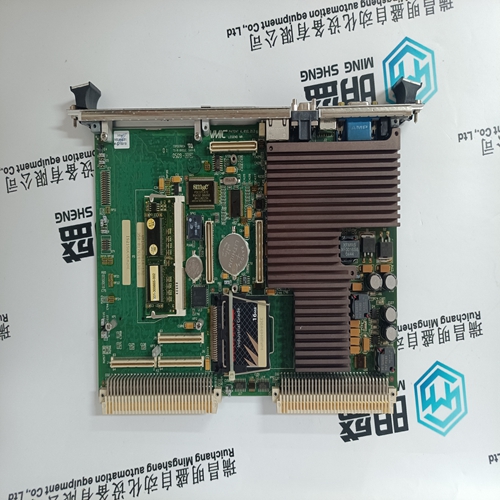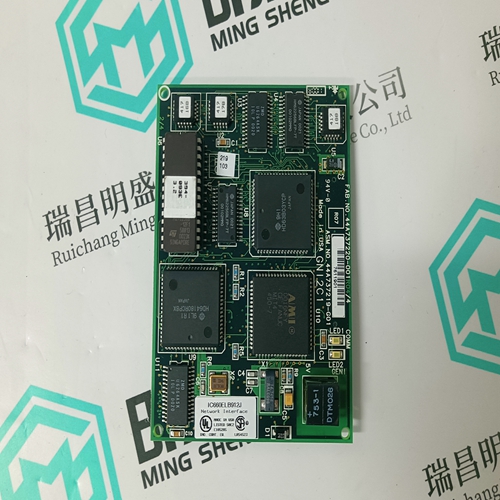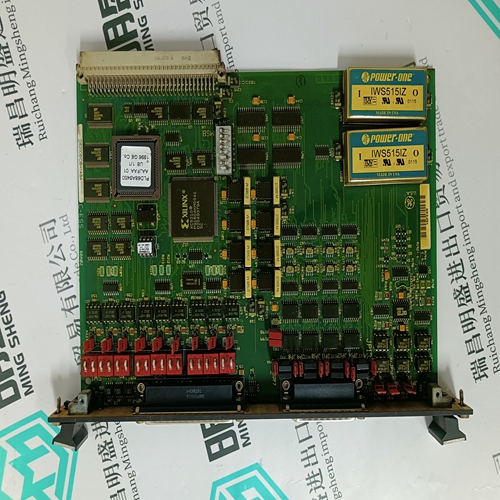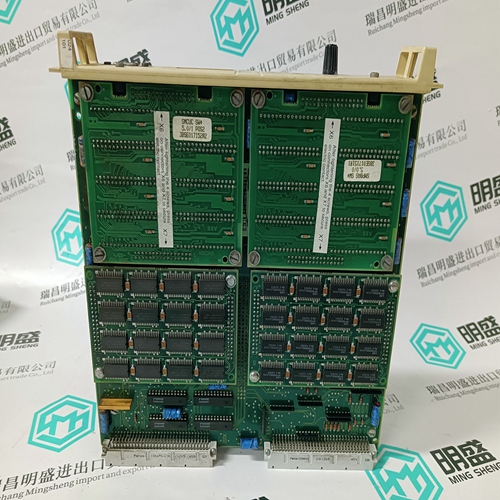Home > Product > DCS control system > UFC911B110 3BHE037864R0110 Digital input module
UFC911B110 3BHE037864R0110 Digital input module
- Product ID: UFC911B110 3BHE037864R0110
- Brand: ABB
- Place of origin: The Swiss
- Goods status: new/used
- Delivery date: stock
- The quality assurance period: 365 days
- Phone/WhatsApp/WeChat:+86 15270269218
- Email:stodcdcs@gmail.com
- Tags:UFC911B1103BHE037864R0110Digital input module
- Get the latest price:Click to consult
UFC911B110 3BHE037864R0110 Digital input module
Process Dynamics
• Process Master Uses Process PID to control.
• Gain, Stability, Derivative, Filter, Droop.
• Slaves to the Process Master use Load Control PID Values to track master system load reference. Process Action
• Defines action of speed bias when unit is operating in process control in parallel with the mains.
• Direct action = Unit increases speed bias (fuel) to increase process 4–20 mA input.
• example: Export Power control
• Indirect action = Unit decreases speed bias (fuel) to increase process 4–20 mA input.
• example: Import Power Control
Process Gain
• Sets system gain response while in process control.
• Effective when active master unit only. Slaves rely on Load Control dynamic settings to control response to master load reference.
• Should be set with maximum number of units operating in process control mode. Process Stability
• Sets system stability response while in process control.
• Effective at active master unit only. Slaves rely on Load Control dynamic settings to control response to master load reference.
• Should be set with maximum number of units operating in process control mode.
Process Derivative
• Sets system derivative response while in process control.
• Effective at active master unit only. Slaves rely on Load Control dynamic settings to control response to master load reference.
• Should be set with maximum number of units operating in process control mode. Process Deadband
• Range: 0.3–5.0%. o This is % of full scale. o Full Scale is figured from the Process Low Value and Process High Value set points.
• ± deadband around process reference point.
• Used to add stability to marginally stable process.
